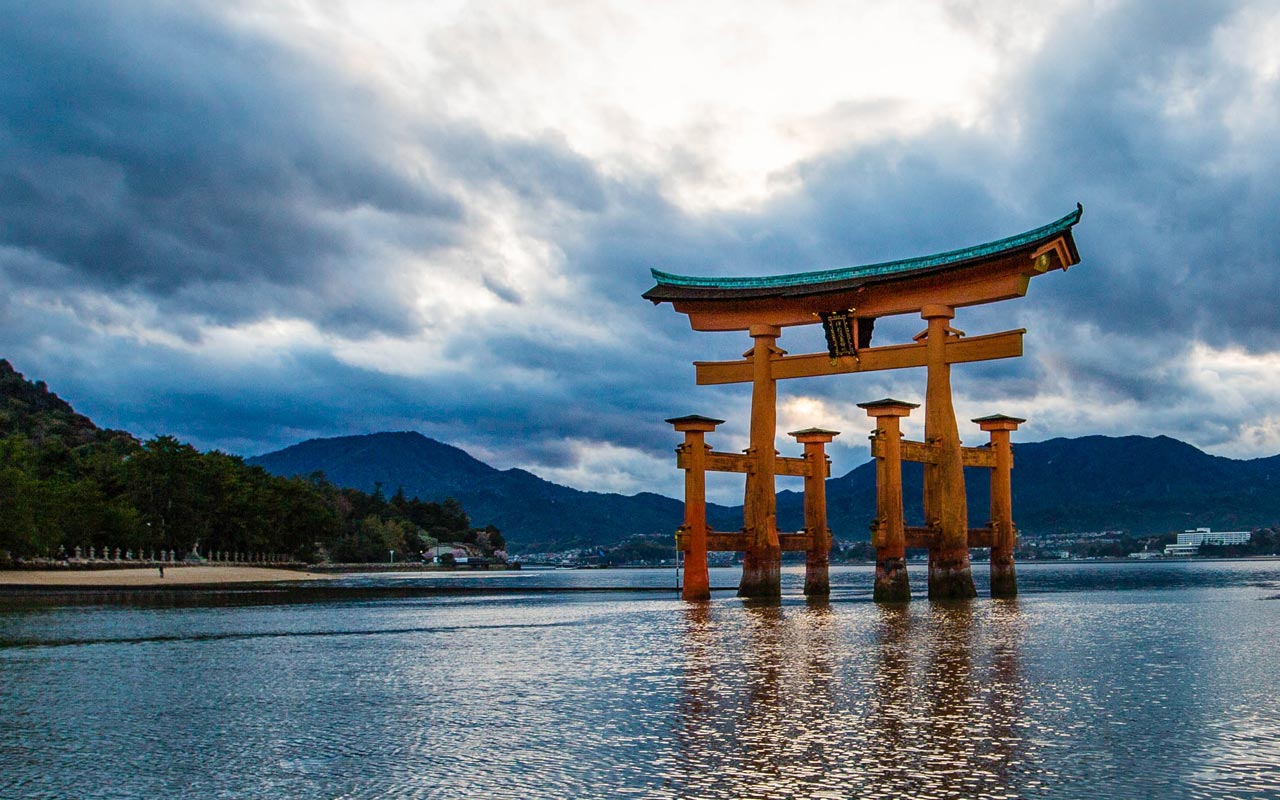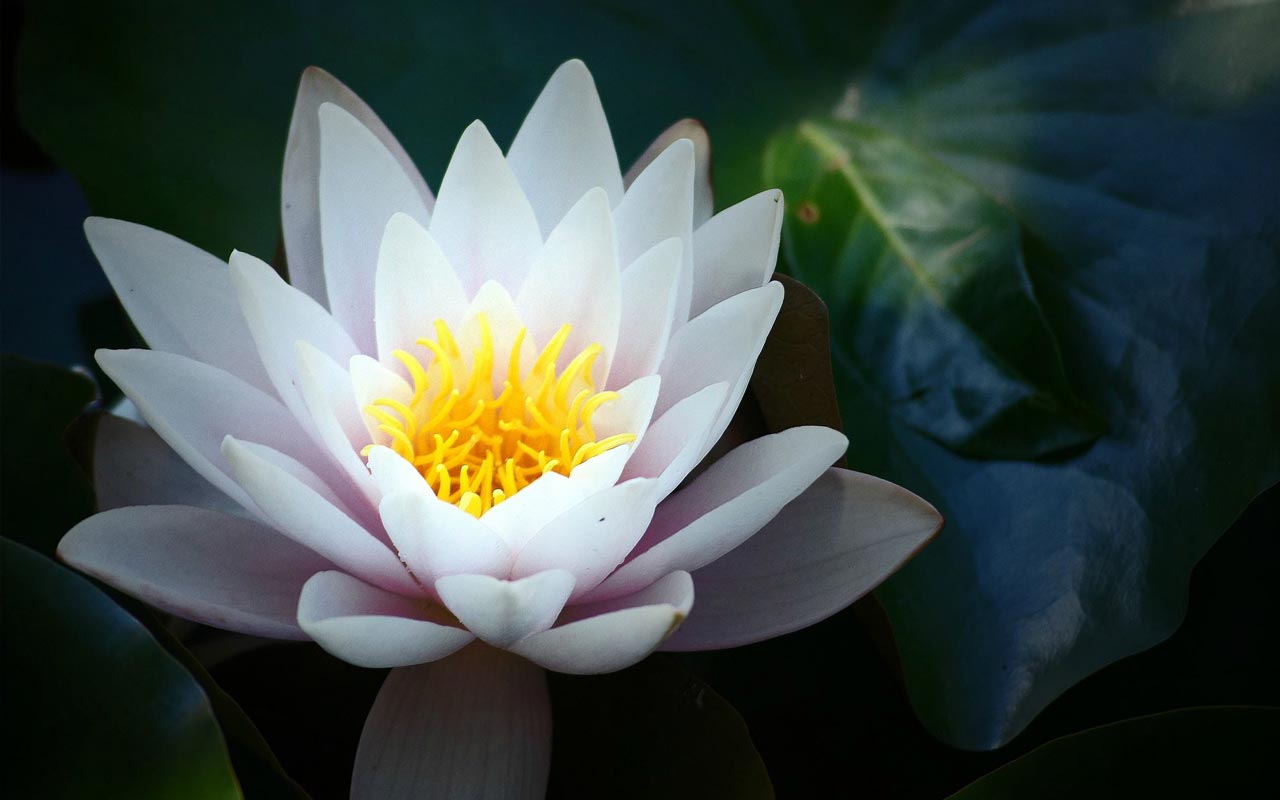Zen Buddhism is a fascinating and complex spiritual tradition that has its roots in ancient Chinese and Japanese philosophy. The practice of Zen Buddhism emphasizes meditation, mindfulness, and the attainment of enlightenment through direct experience.
Hishiryo is a state of mind beyond thinking and non-thinking. During the practice of Zazen, it is the normal condition of the consciousness. Consciousness during meditation is not the same as it is in daily life, it
Kodo Sawaki (nicknamed “Kodo the Homeless”), regarded by many as the greatest twentieth-century Zen master, had a difficult start in life. Kodo Sawaki was born in 1880 in Tsu, in the Mie prefecture. Orphaned by
Gudo Wafu Nishijima was born on 29th of November, 1919 And was one of the greatest Zen Buddhist philosophers and teacher. When Nishijima was 21 years old, he became the disciple of great Zen master Kodo
Originally called Dhyana in India, the practice of Zen meditation or Zazen is at the heart of the Zen Buddhist experience. Zen meditation is a very simple yet precise method of meditation, where the correct
Zanshin is a concept found in Zen, Budo (Japanese martial arts), particularly Kendo, and in many Japanese arts, such as Ikebana (flower arrangement), chado (the tea ceremony) and sumi-e (ink painting). Simply put, Zanshin is
Soon after its arrival in Japan, Zen Buddhism began to have a strong influence on the development of Japanese culture, and it eventually became part of Japan’s spiritual and aesthetic foundation. Through the practice of
Satori or Awakening, is a profound realization of our true nature and the nature of reality. I have always been intrigued by the concept of spiritual awakening, particularly the idea of Satori in Zen Buddhism. Satori refers








